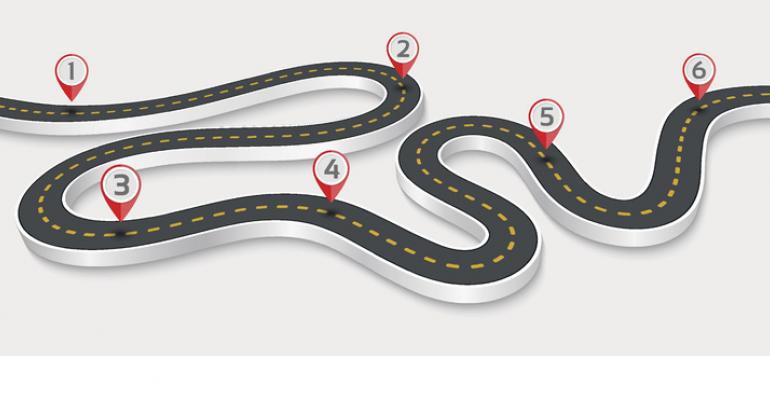Event organizers know what engagement is and that it’s important, but sometimes aren’t sure what to do to make their events more engaging. They often focus on involving the audience more in the presentation, but lose sight of the fact that, at its best, engagement is a two-way process.
Content engagement hinges on creating effective communication with the audience, including getting attendees to communicate with presenters and organizers—and not just during a meeting but also before and after. Their feedback can be invaluable in planning subsequent events, ensuring knowledge transfer, and even proving compliance in regulated industries such as life sciences.
Audience engagement is the result of intentional planning and encouragement by meeting organizers, and it requires preparation and the right tools. Here is a six-step process that you can build on as you design content with engagement in mind:
1. Define event goals and success metrics. Start with the end in mind and clearly define what you want the audience to learn from you—and what you want to learn from them.
2. Create interactive opportunities. Boost participation and information retention by using polls, surveys, and gamification to break up sessions or to engage people between sessions—but make sure that what you’re asking aligns with your event goals and is not seen by attendees as frivolous.
3. Establish collective baseline knowledge. Using pre-event surveys, evaluate your audience's opinions or current understanding of one or more subjects.
4. Plan for flexibility. Allow your audience to help guide the event by asking them what topics they are most interested in, and by focusing on knowledge gaps that you identify through polling. This can be done before the event or, if your presenters are nimble, in the middle of certain sessions so that the content can move towards the audience's needs.
5. Emphasize engagement. Remind your audience to take notes and ask questions on important parts of the presentation—and leave enough time for those questions or make sure that some of the questions are answered through the event app's Q&A feature or chat forum, or through post-event communications.
6. Measure knowledge transfer. Assess your audience's new level of understanding with post-session surveys and open-ended feedback opportunities, comparing the responses to the pre-session surveys to measure the impact of the event.
A well-executed engagement strategy helps your event stand out. A smooth, interactive content experience provides attendees with useful material and interactions. In turn, improved attendee satisfaction encourages more relationship-building and referrals.
Jeannie Griffin is vice president of product management at Array, which provides content engagement technology and services.





